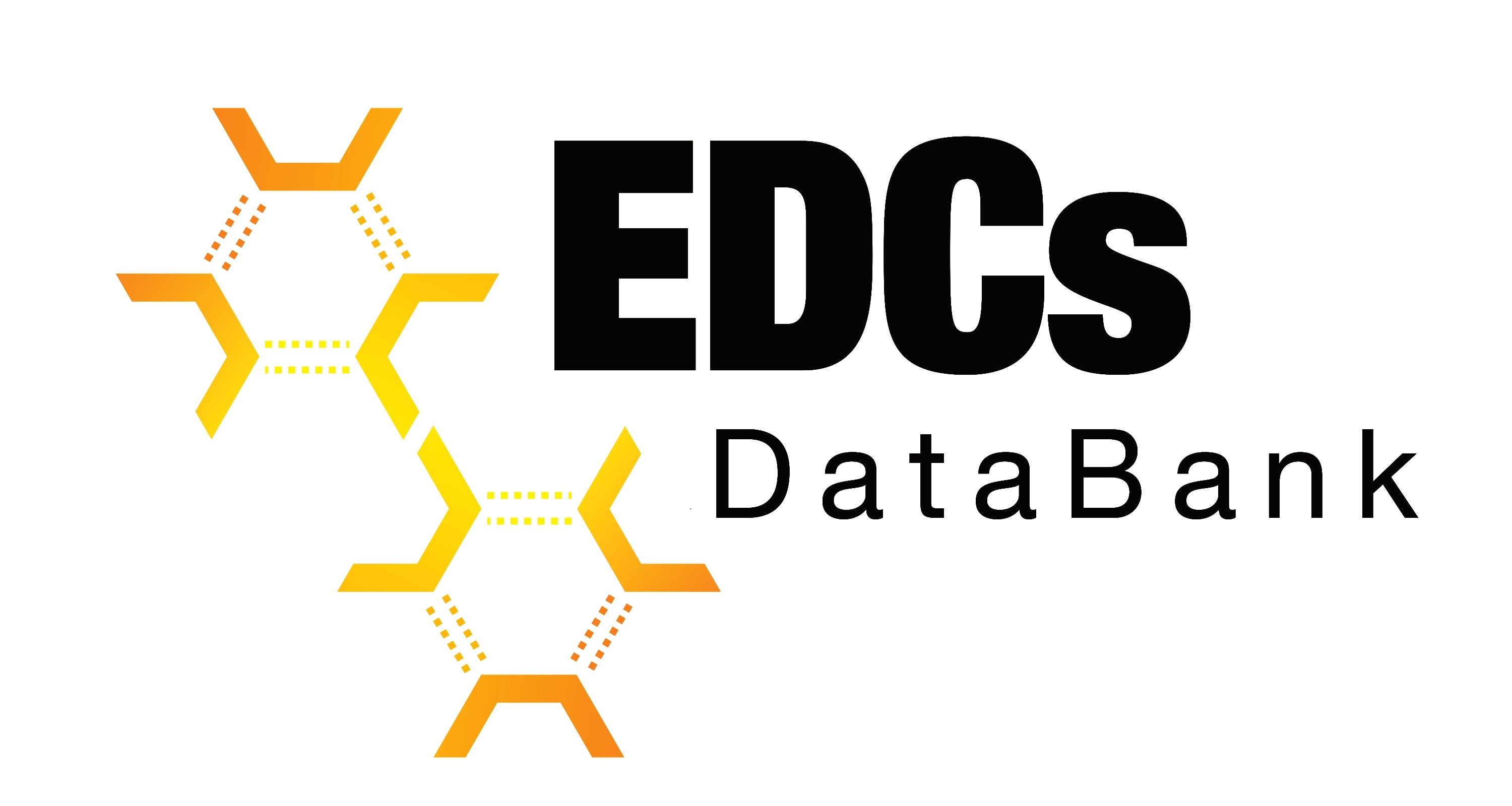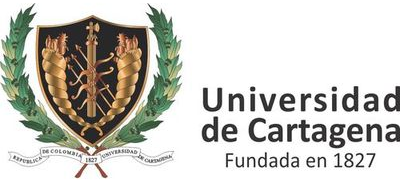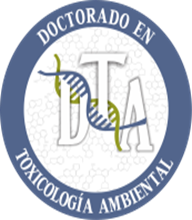amitrole
Synonyms: "3-amino-1,2,4-triazole", "aminotriazole", "amitrol", "1H-1,2,4-triazol-3-amine", "amerol", "amizol", "emisol", "vorox"
Source: amitrole is a terrestrial non-food herbicide used primarily in industrial areas (outdoors), non-agricultural rights-of-way, fencerows, hedgerows, non-agricultural uncultivated areas, soils, ornamental and/or shade trees, and ornamental shrubs and vines.
Identifiers:
IUPAC Name: 1H-1,2,4-triazol-5-amine
CAS Number: 61-82-5
PubChem ID: 1639
InChiKey: KLSJWNVTNUYHDU-UHFFFAOYSA-N
Canonical SMILES: C1=NNC(=N1)N
Structural Properties:
Molecular Formula: C2H4N4
Molecular Weight: 84.080
Pharmacophore Features:
Number of bond donors: 2
Number of bond acceptors: 3
Number of atoms different from hydrogen: 6
Downloads
2D structure (.sdf)
3D structure (.sdf)
3D structure (.mol2)
3D structure (.pdb)
3D structure (.pdbqt)
Search Similar molecules
Evidence Supporting This Chemical as an Endocrine Disruptor
TEDX List of Potential Endocrine Disruptors

Fregly MJ. 1968. Effect of aminotriazole on thyroid function in the rat. Toxicol Appl Pharmacol 13(3):271-286.
Hurley PM, Hill RN, Whiting RJ. 1998. Mode of carcinogenic action of pesticides inducing thyroid follicular cell tumors in rodents [review]. Environ Health Perspect 106(8):437-445.
Jukes TH, Shaffer CB. 1960. Antithyroid effects of aminotriazole. Science 132(3422):296-297.
Steinhoff D, Weber H, Mohr U, Boehme K. 1983. Evaluation of amitrole (aminotriazole) for potential carcinogenicity in orally dosed rats, mice, and golden hamsters. Toxicol Appl Pharmacol 69(2):161-169.
External Links

2D-structure
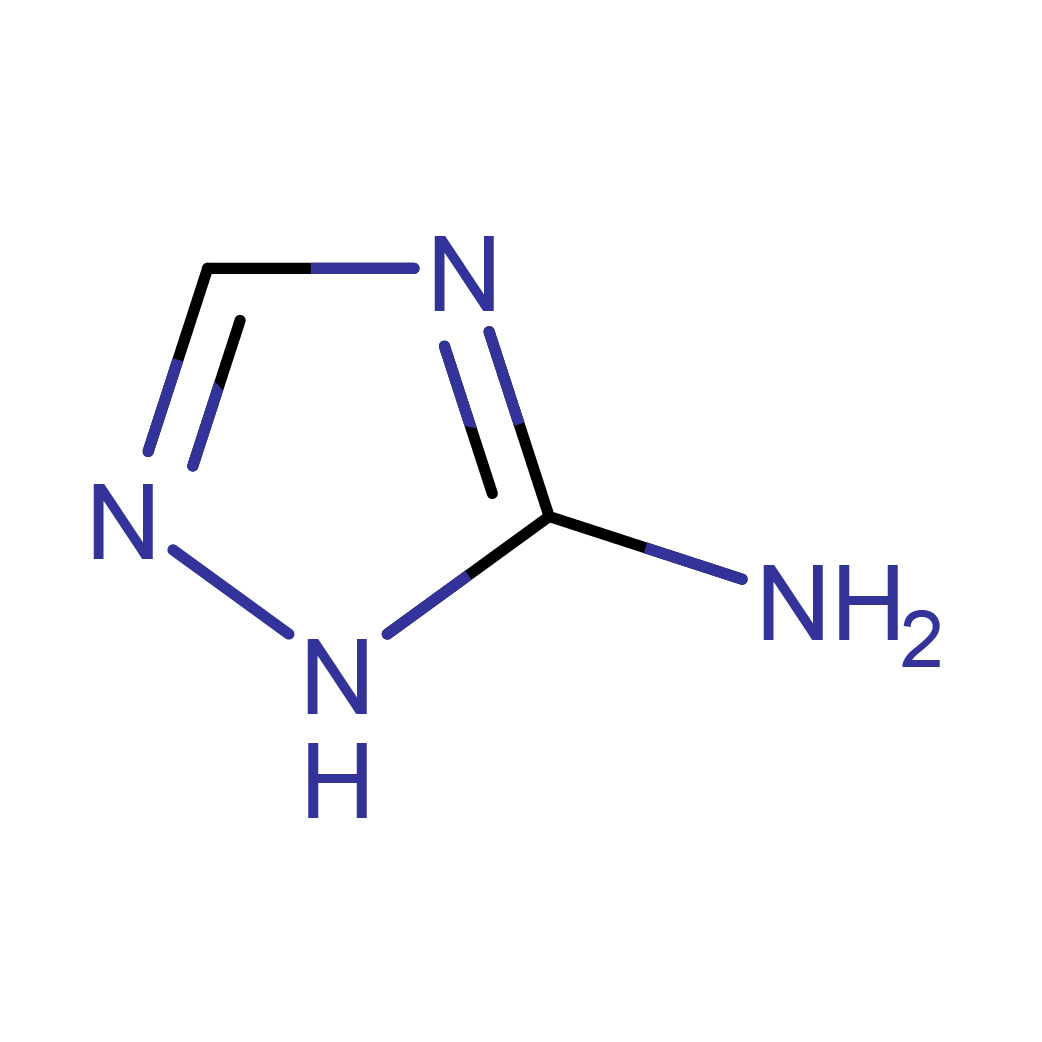
3D-structure

